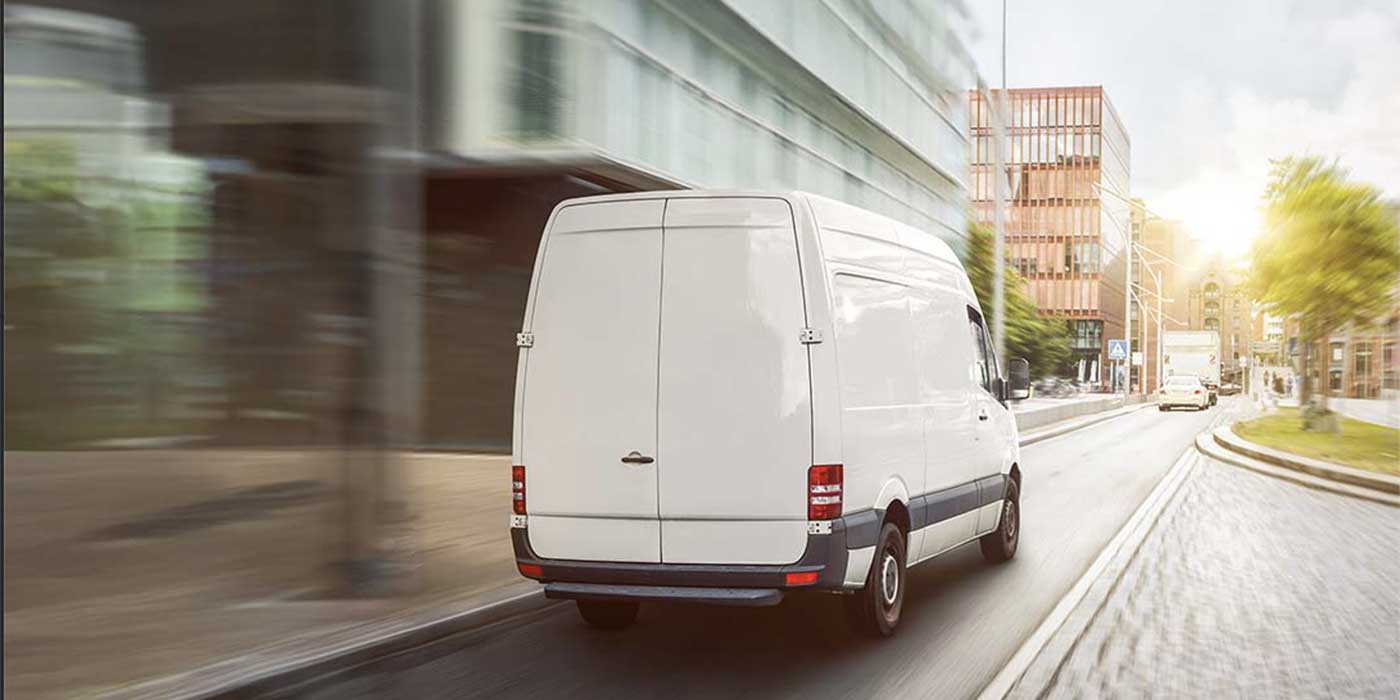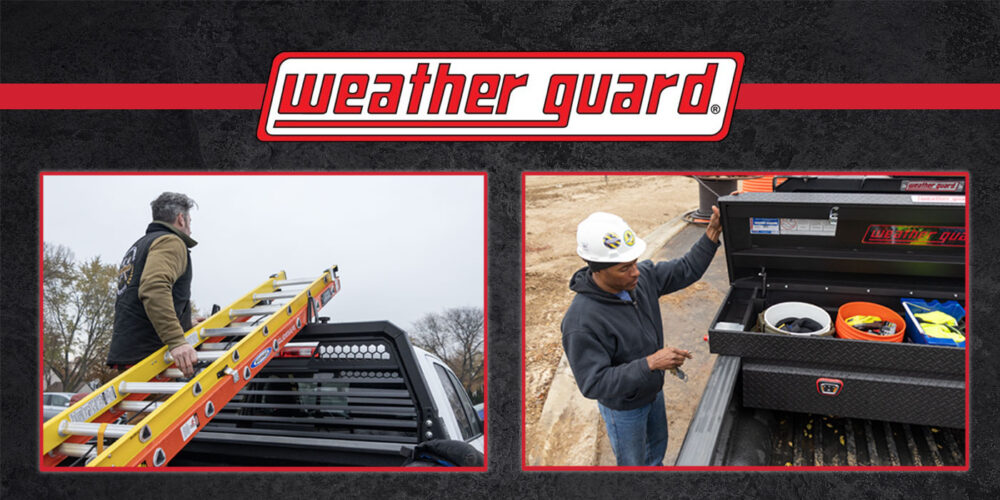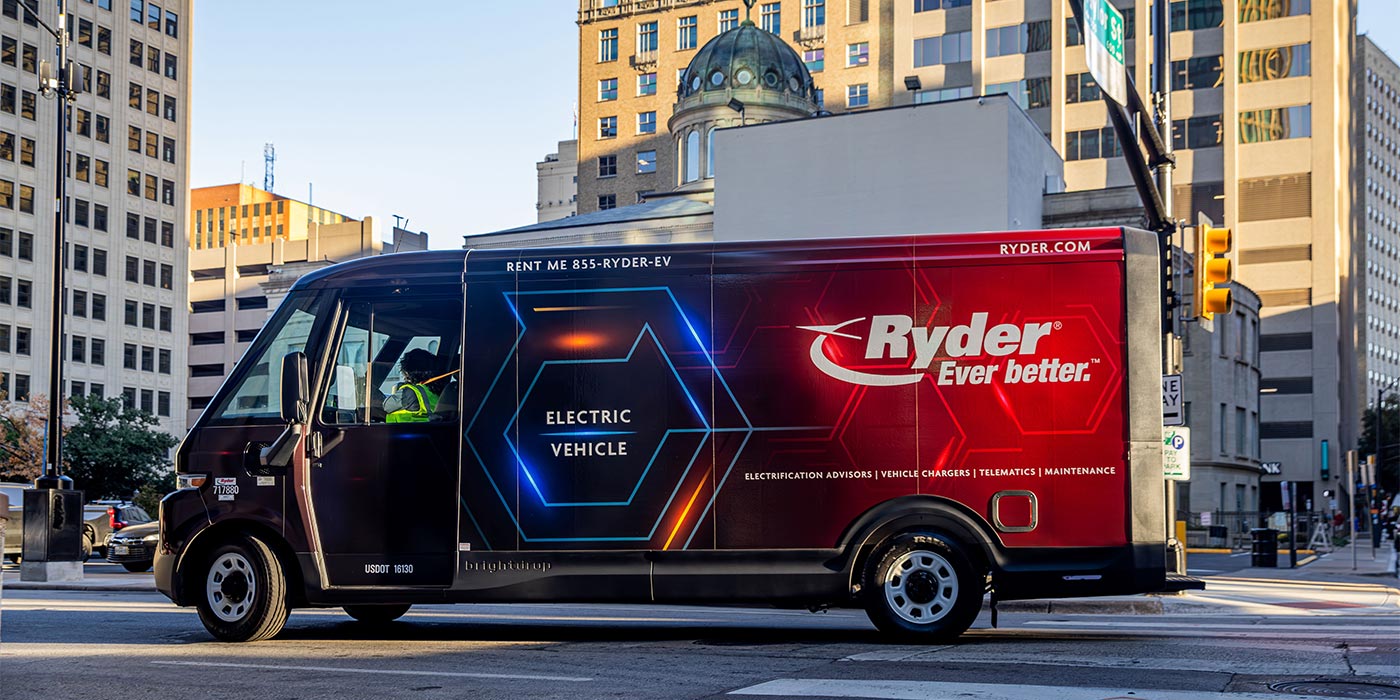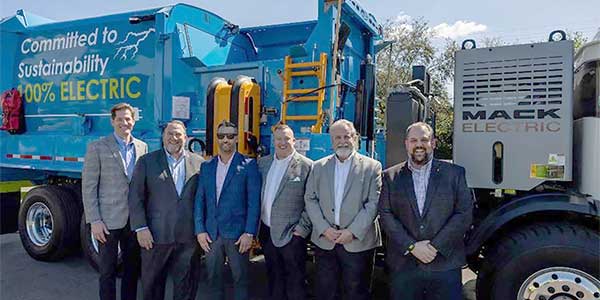
The winter season might be months away, but now is the time for medium-duty fleets to start thinking about their choice of tire for when the rain, sleet and snow starts to pelt the pavement.
Charles Luther, northeast sales manager for Triangle Tire USA, says that safety is the name of the game when it comes to winter tires. He recommends that fleet managers consider equipping any medium-duty truck used in regional applications with a full set of aggressive winter tires in late fall. This is especially important for vehicles that spend a lot of time on inner-city roads—like refuse pickup, snow plowing, delivery companies and tow truck operations—as these vocations are typically in service through the night when inclement weather can create more demanding driving conditions.
Luther stresses that while many fleets understand the benefits of a good set of winter tires, the steer axle position is sometimes overlooked. This is a mistake, he says.
“Winter tire use on the steer axle adds to the traction and control of the front end of the vehicle, especially when used for short hauls in tight or twisting turns,” Luther says. “Equipping medium-duty trucks used in regional applications at all wheel positions with winter tires, including the steer axle, provides for the best traction in all wheel positions.
“Especially in short-haul or continuous city or urban use, winter tires add superior front-end control in snow or slush conditions,” he continues. “The traction and control of the steering axle of the truck is of paramount importance. Unfortunately, quite often aggressive winter tires are an afterthought for many regional or urban fleets.”
The manufacturing and selling process for commercial winter tires is basically the same as the process for consumer winter tires, he says, as both are dependent on demand and weather cycles in any particular area of the country.
“Manufacturers strive to deliver new inventory from their factories; therefore, it becomes an exercise in forecasting and being able to deliver when demand requires the product,” Luther adds.
The newest technological aspect of today’s winter truck tires can be found in the design of the tires themselves. Originally discovered from manufacturing consumer winter tires, Luther says it has been determined that the use of siping—the small slits cut across a tire’s tread block—in the entire tread face adds a higher degree of traction than non-siped tires. Because of this, sipes are increasingly being adopted for use in commercial winter tires.
Another recent advancement adopted for winter truck tires from the consumer world are studs. According to Luther, there are retread brands that have pre-pinned tread rubber to help produce traction in winter-driving situations. In addition, some dealers will drill new tires and pin them with studs at the request of the fleet manager.
“If, in fact, there are new tires manufactured pre-pinned for studs, it most likely would be in 16-in., 17.5-in. or 19.5-in. rim diameters used mainly in commercial truck Classes 4, 5 and 6,” Luther says.
For fleet managers on the fence about whether to integrate winter tires onto their trucks, Luther recommends keeping application and location in the front of their minds.
“Certainly Class 4, 5 and 6, local medium-duty commercial trucks will be more apt to use winter tires,” he says. “Local inner-city delivery companies will often consider the use of an aggressive winter tire, especially in the snow belt or northern part of the country.”













